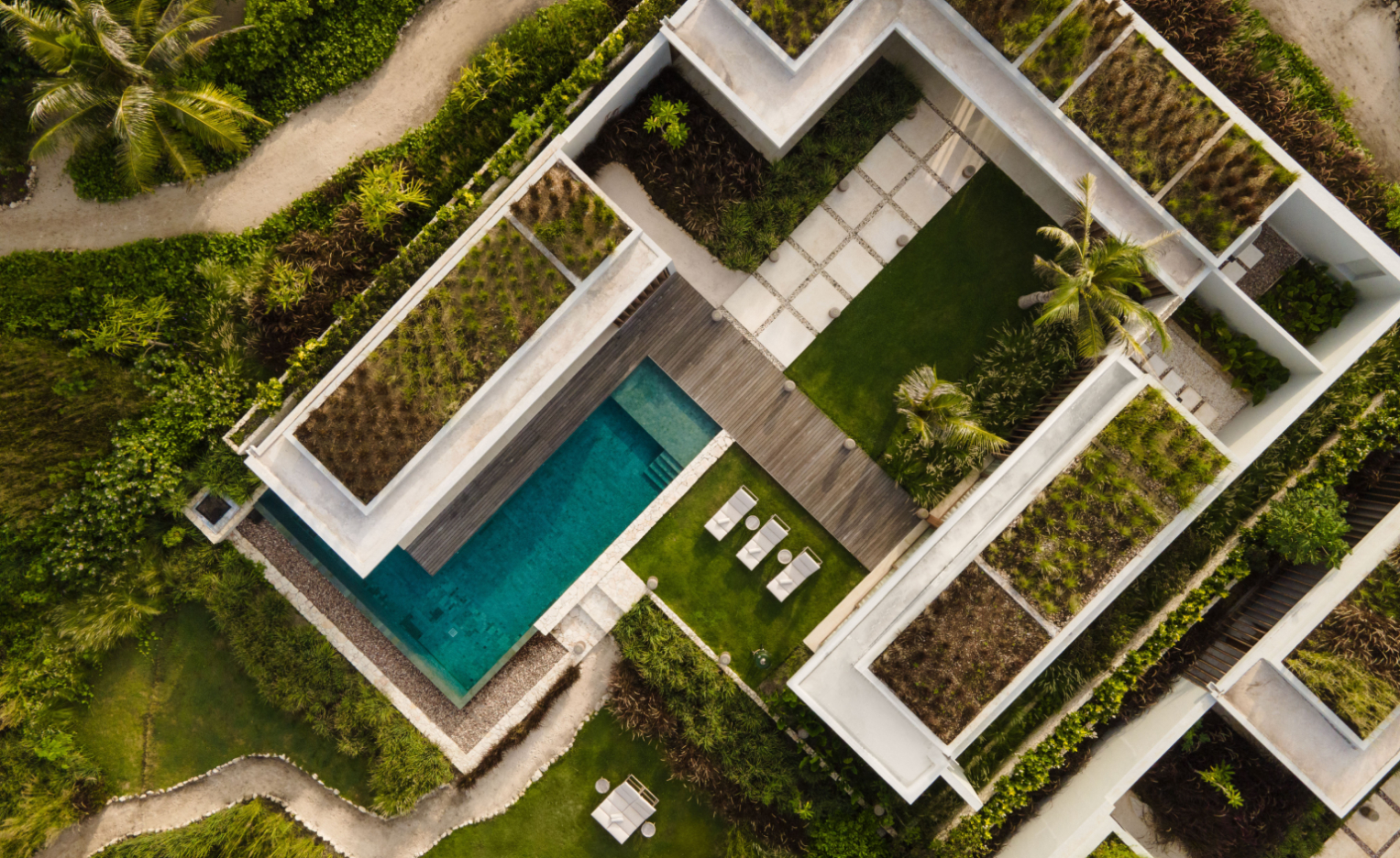
The Indonesian island of Sumba, a remote paradise about 400 miles east of Bali and 1,200 miles above Darwin, Australia’s northernmost shores, is a sprawling expanse of dense jungles and flour-white beaches. ‘The landscapes are unseen and unspoiled, with the most incredible wild beaches and waterfalls,’ says Evguenia Ivara, who, alongside her husband Fabrice, visited the island for the first time in 2017.
The couple, thrilled they had found a haven yet to succumb to the unchecked development of nearby Bali, soon returned to Sumba permanently to found their own retreat, Cap Karoso, a remote 47-room boutique hotel on the island’s westernmost point. Now, after nearly a year of operation, Cap Karoso is unveiling an expansion that allows guests to put down roots on this captivating island: a host of new villas are available to rent and purchase.
Cap Karoso, Sumba, Indonesia
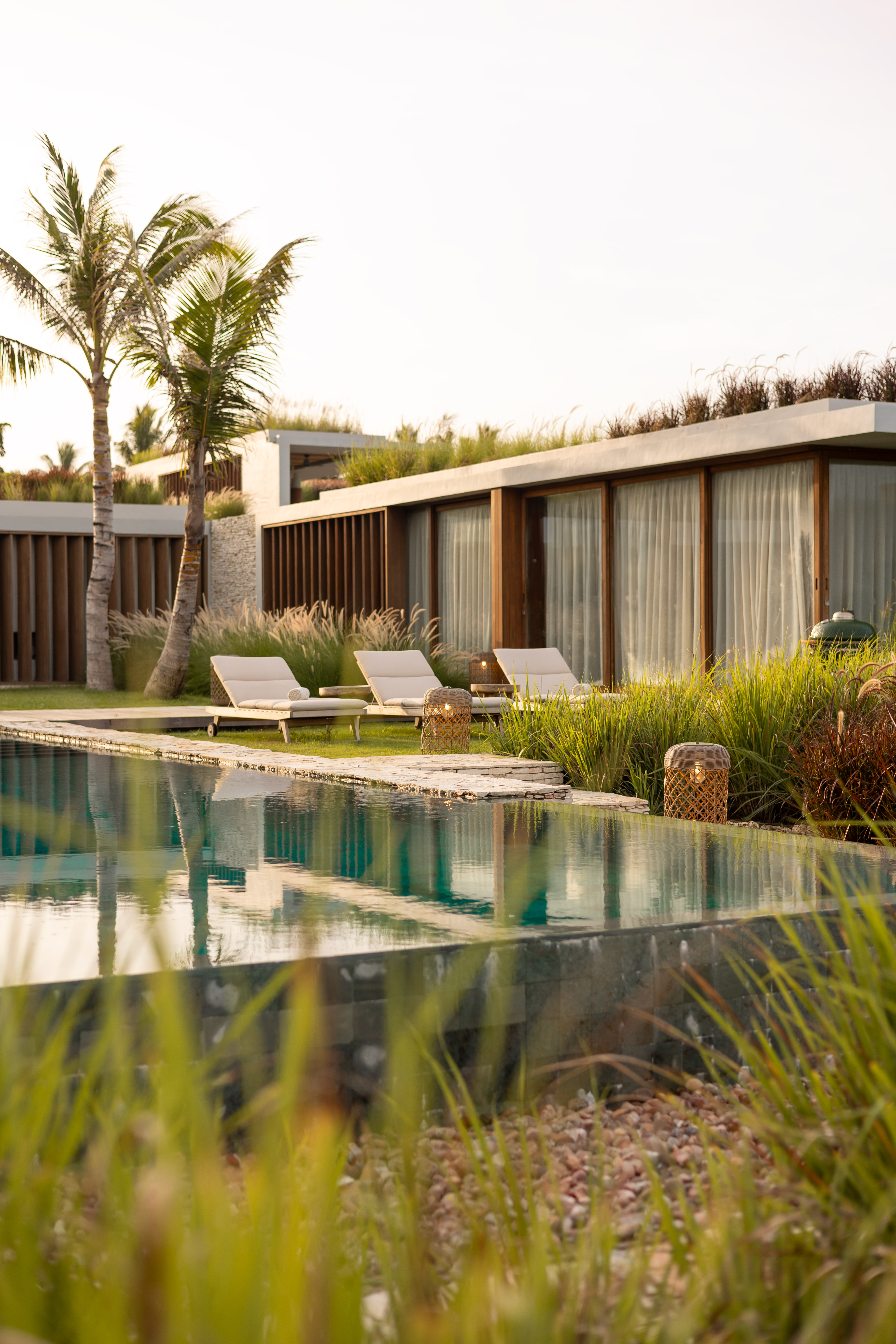
‘When we embarked on this journey, we were new kids on the block without much knowledge of Indonesia or much experience in construction,’ says Ivara, who envisioned a sustainable resort that could thrive without putting strain on the surrounding ecosystem. ‘The idea was to find an architect who would be inspired by Sumba but could weave it into more contemporary architecture.’ They eventually landed on the Jakarta-based firm GFAB – already familiar with the materials and construction methods available locally – to design the Cap Karoso.
The hotel combines the aesthetics of a Palm Springs villa with the artisan craft of Indonesia. The main building, where most rooms are located, hugs a field-sized infinity pool that seemingly empties into the ocean below. The two-storey modernist-inspired concrete structure acts as a visual counterpoint to the adjacent spa, whose thatched, peaked-roof huts are inspired by the dwellings found in Sumbanese villages. However, the beach club a few steps down the hill – with its colourful patterned tile walls, comfortable daybeds, open kitchen and views of turquoise waters – feels as if it’s been transported straight from the Côte d’Azur.
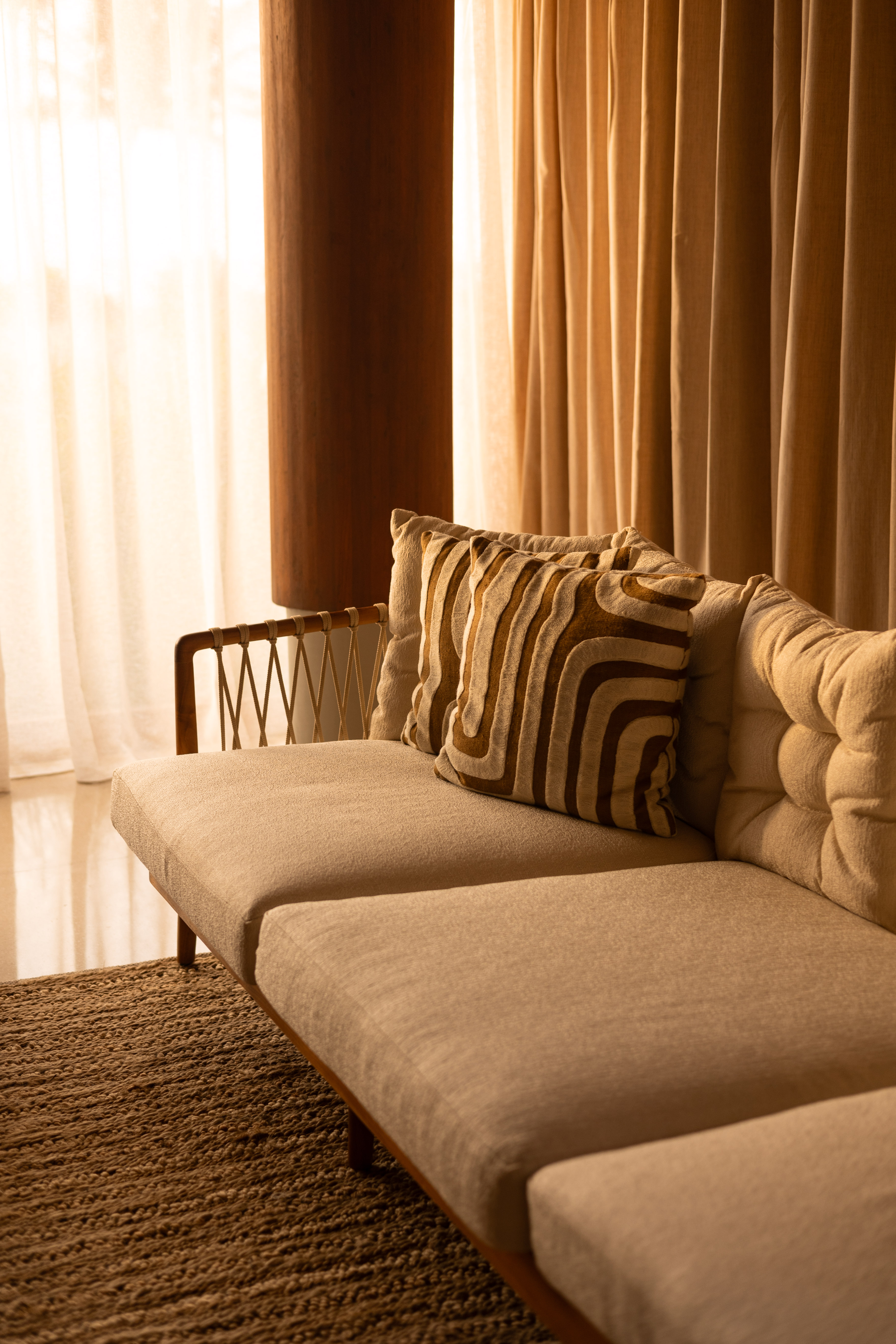
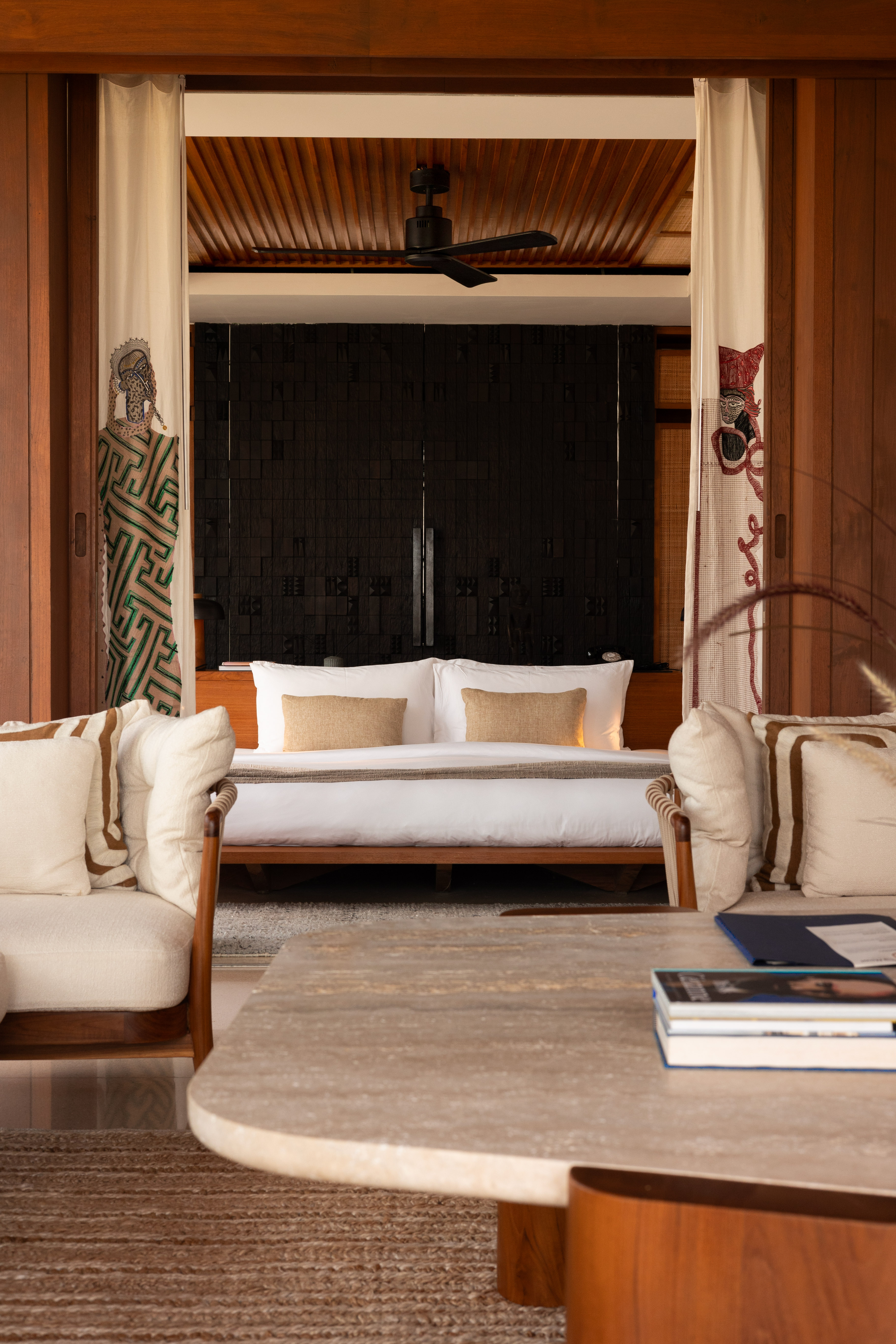
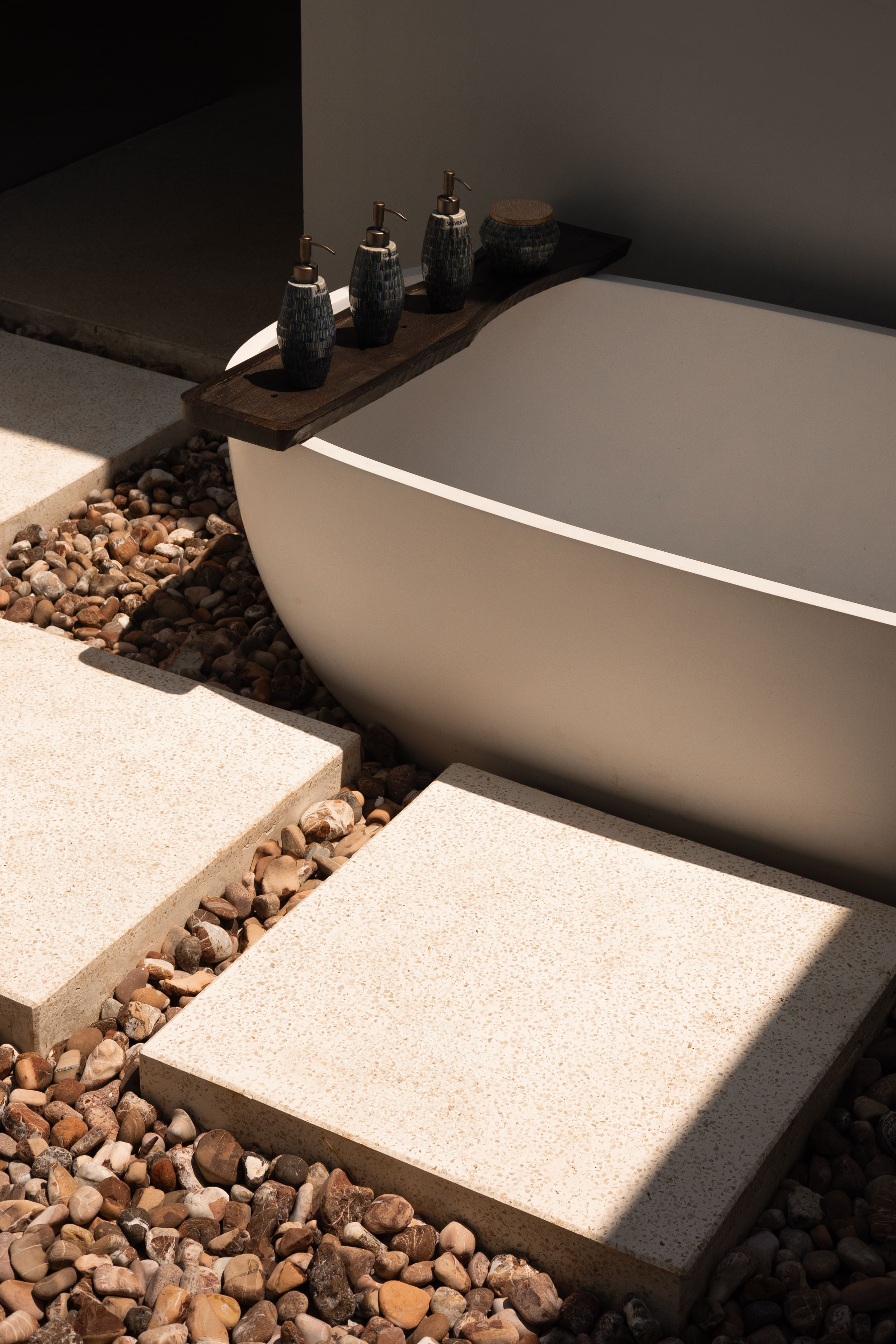
According to Ivara, the new two- and three-bedroom villas were designed to accommodate families and groups of friends. For instance, the two-bedroom Villa Ndara, which she describes as both ‘spacious and intimate’. The generous layout comprises a secluded garden, a living room, a sunken sofa area by the pool, an outdoor deck with a tree in the middle to provide shade and a rooftop terrace where guests can organise private dining experiences with Cap Karoso’s rotating resident chefs.
‘All the furniture and all the fabrics [in the villas] subtly tell the story of Sumba,’ says Ivara, who mixed local craftsmanship with French touches like textiles from Pierre Frey. ‘Each texture, colour, and pattern is inspired by the island, without directly taking a piece of Sumbanese ikat and placing it on the wall. The idea is to play with a larger field of references to reflect the incredible depth of Sumbanese aesthetics.’ That includes work by the New York-based artist Yuki Nakayama, whose abstract paintings draw inspiration from traditional Sumbanese architecture and walls made from native limestone, built using dry stone methods typical of southern France.
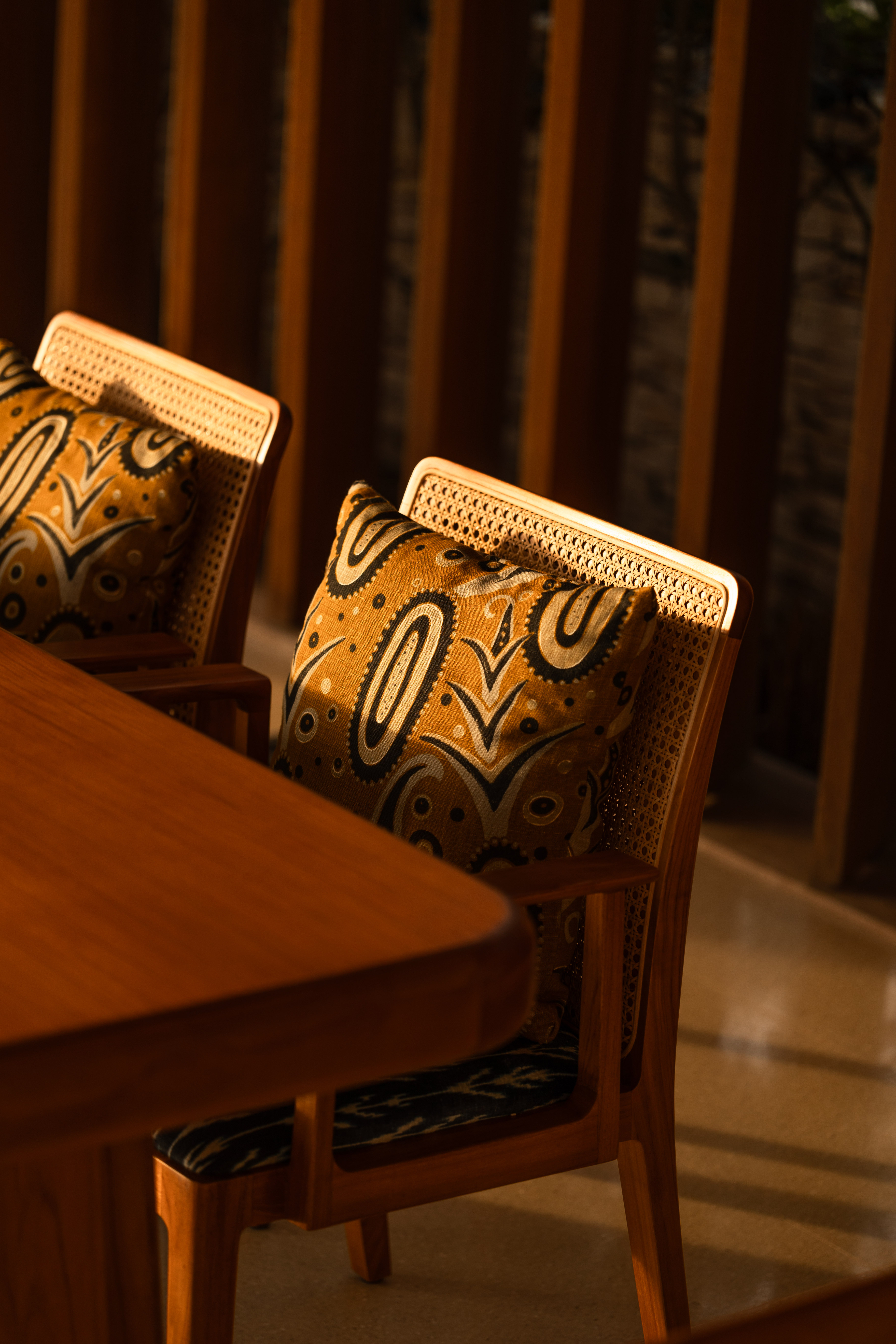
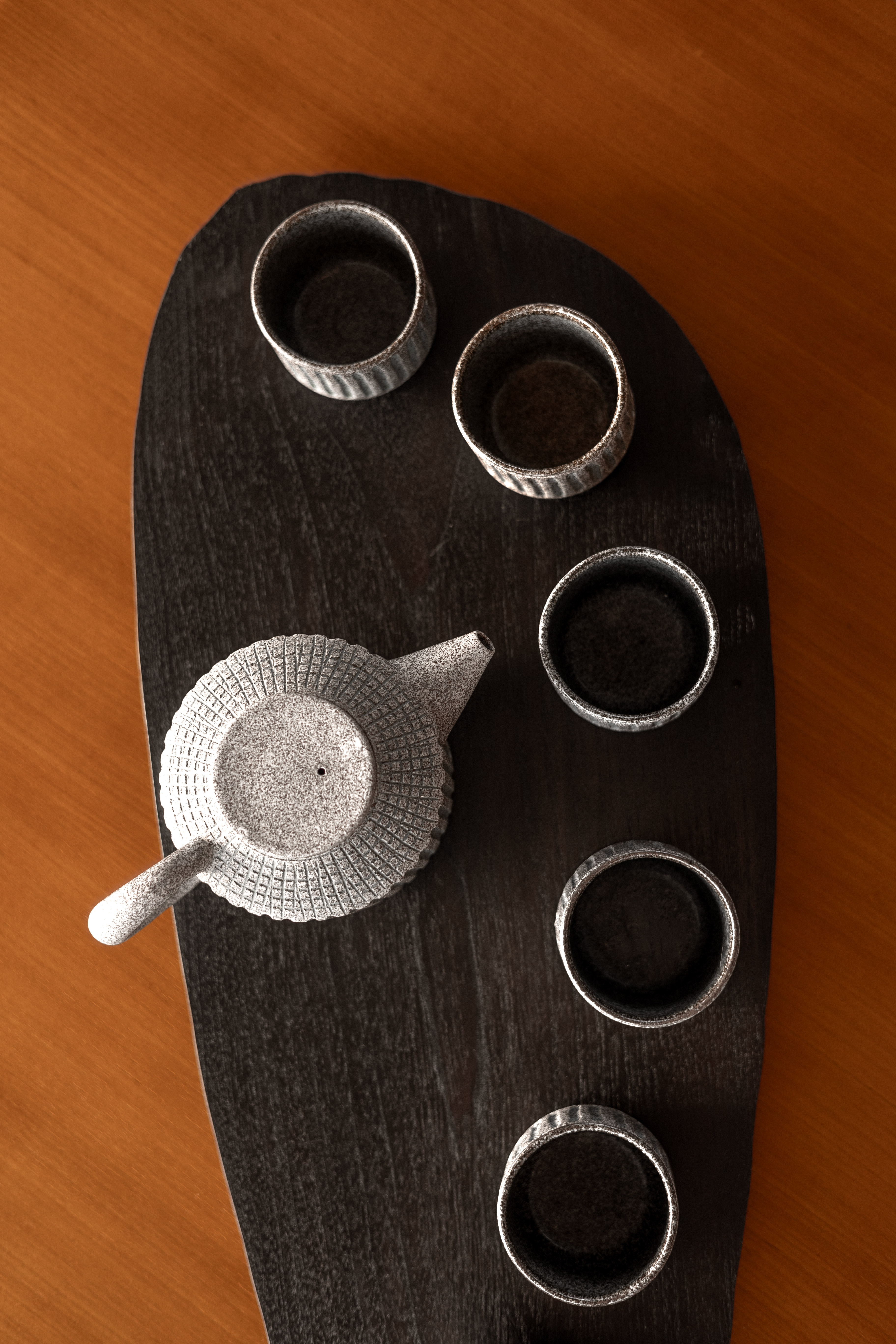
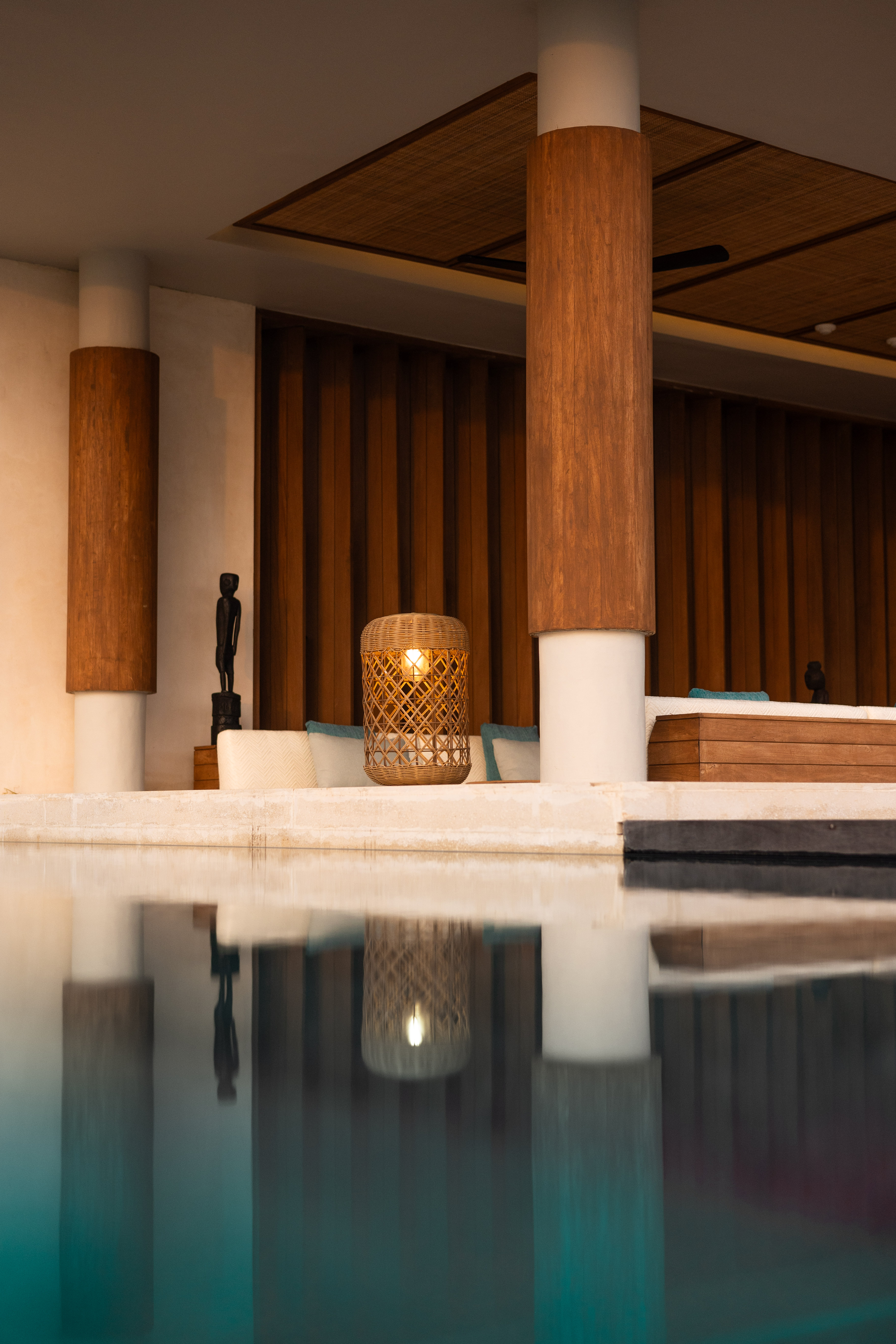
While Cap Karoso has no plans to expand its occupancy any further, in the future the Ivaras hope to add stables (the island is known for its swimming Sandalwood ponies and riding is an integral part of Sumbanese culture) and a recycling plant, as well as installing an up-cycling facility at the three-hectare farm where they grow much of the produce served in the hotel’s restaurants. ‘Sumba is not a destination for everyone,’ reflects Ivara, who sees the island as a place to completely disconnect. ‘It requires some reflection and a lot of respect to see and understand its beauty.’
Find Cap Karoso at Pantai Karoso, Ate Dalo, Kec. Kodi, Kabupaten Sumba Barat Daya, Nusa Tenggara Tim., Indonesia, capkaroso.com







